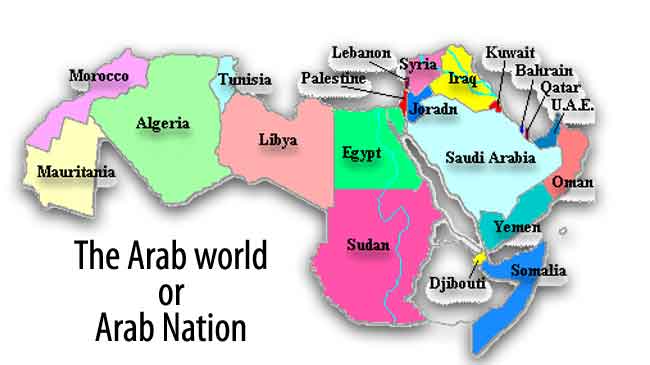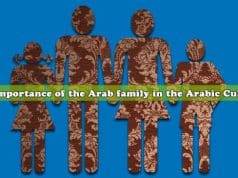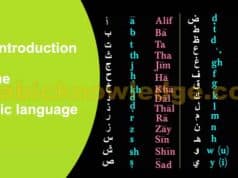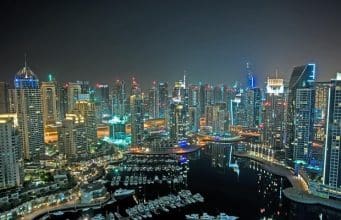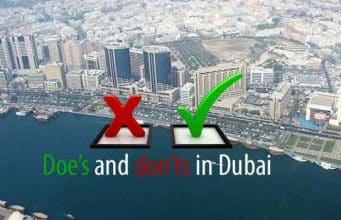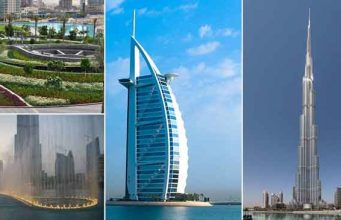This is an overview of the Arab world so-called the Arab Nation that will cover the Arab’s world geography, population, language, religion and countries in a simple explanation and by introducing an interesting facts about Arab world . To start, we will make a short and simple introduction regarding The Arab world geography then list all Arab countries.
The Arab world location :
The Arab world Extends between latitudes 2 degrees in the south , 37 degrees in the north (39 transverse ) and extends between longitude 17 degrees in the west , and 60 degrees in the east.
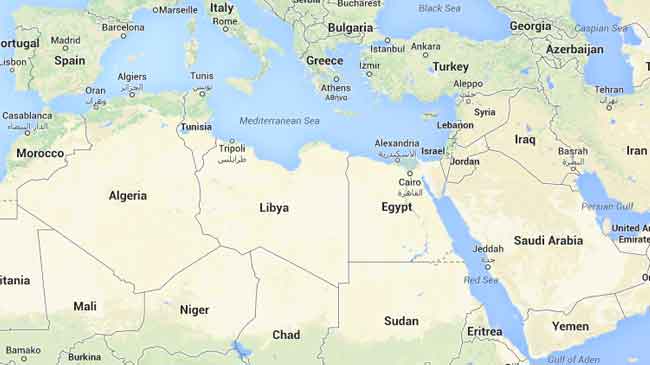
The Arab world Area
- The area of the Arab world is about 14 million km 2 .
- The ratio of the Arab world area to the rest of the world is about 10.2 %.
- The Asian part of the Arab world are is around 28 %, while the percentage of African part is around 72%.
- Sudan, is the largest Arab country in terms of area.
- Algeria is the second largest Arab country in terms of area.
- State of Bahrain is the Smaller Arab country in terms of area.
- The largest Asian Arab country in terms of area is Saudi state.
- The smallest African Arab country in terms of area is State of Djibouti
- The largest Arab country in terms of area in the Levant area is Syria.
Borders of the Arab world
-
Northern boundary :
Mediterranean, the Taurus Mountains and the Anatolian Plateau .
-
Eastern boundary :
Arabian Gulf and the Gulf of Oman, and the Zagros Mountains and Kurdistan.
-
Western border :
Water only limit is the Atlantic Ocean .
-
Southern boundary :
Indian Ocean and the Arabian Sea , Abyssinia and the Golan plateau lakes and sub - Saharan plateau
Some interesting facts regrading Arab world boundaries points
- The extreme point of the Arab world on the east is called Ras al Hadd and is located in the State of Oman.
- The extreme point of the Arab world on the west is called white head and is located in the State of Mauritania.
- Taurus Mountains and the Anatolian Plateau separates between Turkey and the two Arab states , Syria , Iraq .
- The Arabian Gulf , separates between the Arab Gulf and the State of Iran.
- The Mediterranean sea separates from the Arab countries in North Africa from the continent of Europe.
- The Mediterranean Sea narrows in the two areas Gibraltar and Sicily.
- The Black Sea Connects with the Mediterranean through the straits of the Dardanelles , and the Bosporus.
- The extreme point of the Arab world on the north is located in the State of Iraq.
Arab world Population and language
The population of the Arab world is about 338,621,469 people in the (2007 est.) and the Arabic language is the official language in the majority of all the Arab countries.
“Arab” refers to people who speak Arabic as their mother language. Arabs from different Arab countries share culture, tradition and history. The majority of Arabs are Muslims but in addition there are numerous Christian Arabs and Jewish Arabs.
Arab-speaking nations have a rich variety of ethnic, linguistic, and religious groups such as Kurds, Armenians, Berbers and others.
Arab countries
The Arab World consists of 22 countries in the Middle East and North Africa usually called MENA and here they are listed in an alphabetical order: Algeria, Bahrain, the Comoros Islands, Djibouti, Egypt, Iraq, Jordan, Kuwait, Lebanon, Libya, Morocco, Mauritania, Oman, Palestine, Qatar, Saudi Arabia, Somalia, Sudan, Syria, Tunisia, the United Arab Emirates, and Yemen. It most be noted that two state Iran and Turkey are not Arab countries as they do not speak Arabic but Farsi and Turkish respectively, but they are Islamic countries.

